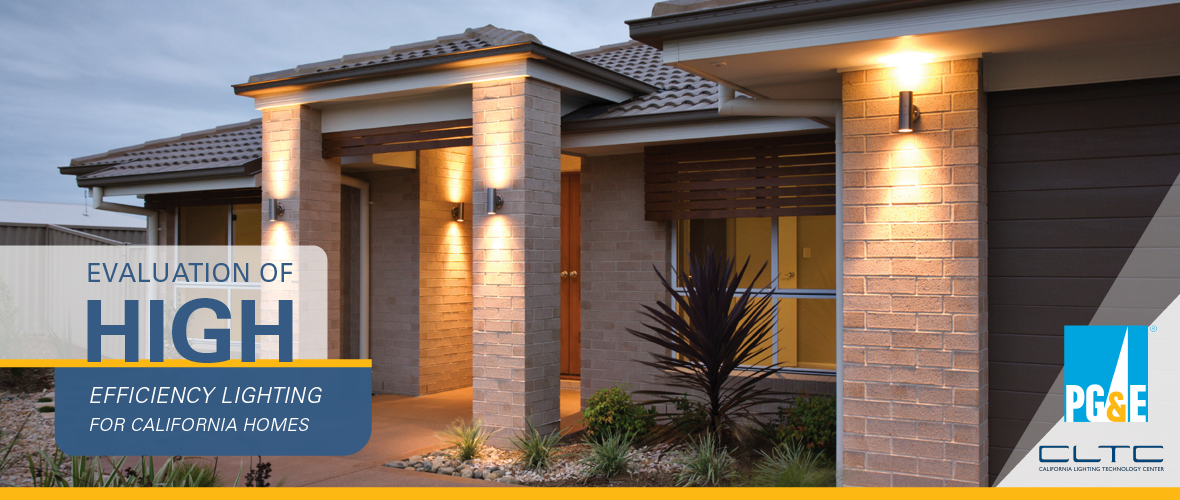
Current Title 24 Building code requirements call for use of high-efficacy lighting in a limited number of residential space types. Builders are allowed to install low efficacy lighting if they also install dimming controls. However, significant load reduction and energy savings over current code-compliant designs can be achieved through the use of All High-Efficacy (AHE) lighting design practices.
This project report identifies best practices for developing a cost-effective AHE residential lighting measure through the evaluation of emerging residential lighting design practices, purchasing processes, installation practices and the end-user experience associated with AHE lighting. To identify the best practices, the project team considered current residential lighting products, the installed socket base in a typical home, industry accepted illuminance recommendations for residential applications, and current energy efficiency code compliant design practices.
Emerging residential lighting design practices, purchasing processes, installation practices, and the end-user experience of an AHE lighting system were evaluated through energy monitoring analysis and cost information collected from multiple residential demonstration sites. Demonstration data provided a quantitative understanding of the AHE lighting system benefits and barriers, and, through builder and homeowner surveys, a qualitative understanding of the AHE residential lighting measure and user satisfaction.
Author: CLTC
Prepared for: Pacific Gas and Electric
Original report published on Emerging Technologies Coordinating Council (ETCC) website.
